Dotted across Ireland, Britain, Spain, France, and Portugal are a fantastic collection of ancient Celtic structures that have survived the ravages of time.
From Iron Age forts to mysterious standing stones, these architectural and spiritual symbols of the Celts are a reminder of the power and influence that this culture once held.
If you’re interested in learning more about the ancient Celts and the awe-inspiring structures they left behind, visiting these sights is a must. To help, we’ve compiled a list of the top 20 best examples of Ancient Celtic Structures you should check out.
Who Were The Ancient Celts?
Before moving on to the list of ancient Celtic structures, it’s essential that we establish who the Celts were. First mentioned by Greek authors in around 424 BC, the Celtic people were a collection of different tribes linked by culture, traditions, religious beliefs and a similar language. It’s important to note that the Celts were not a single tribe or nation but a vast network of tribes that spanned the entire continent. While most commonly associated with Ireland, Britain, Spain, France and Portugal, the Celts also had a strong presence in other parts of Europe, including what is now Germany, Austria, the Czech Republic and the Balkans.
The fact that they were not a homogeneous group meant that the Celts had different customs, beliefs and practices in each region, constructing a wide range of structures from forts to religious sites. Many of these structures have survived the centuries and are now a cornerstone of European heritage.
20 Best Examples of Ancient Celtic Structures
To keep this list as simple and easy to read as possible, we’ll be breaking down the best Ancient Celtic Structures by location so it’s easy to find and add to your Must See list!
Newgrange, Meath, Ireland
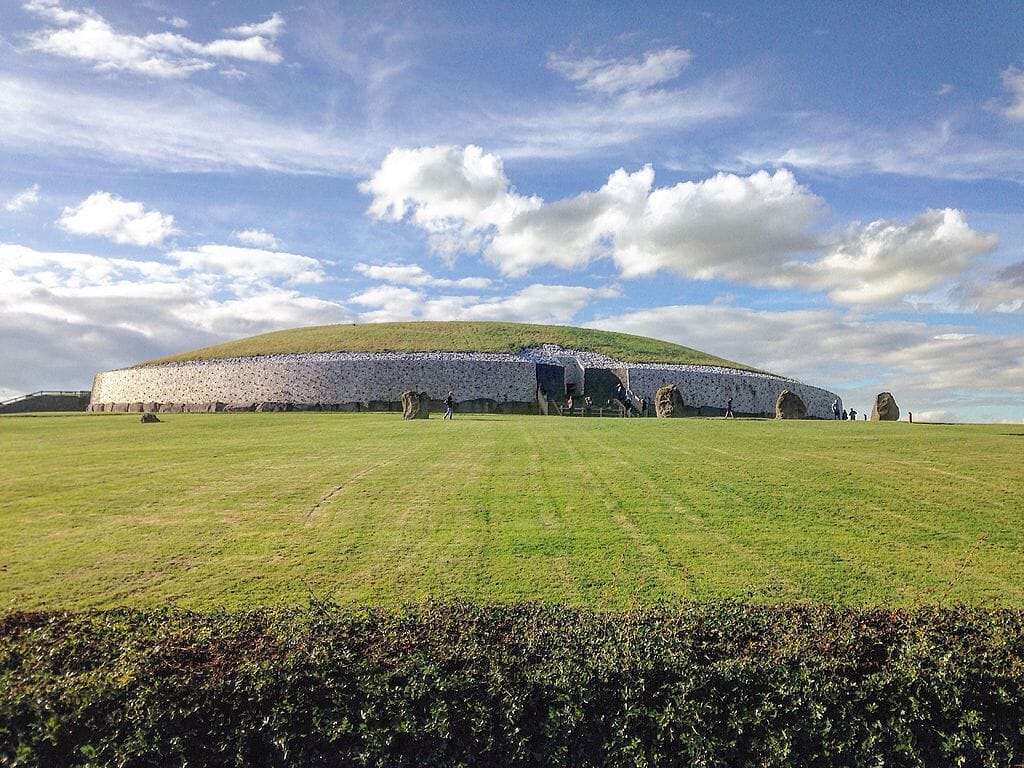
Located in County Meath, Newgrange is a 5,000-year-old passage tomb that is widely believed to have been built by the Celts and their Neolithic ancestors. The site consists of a large mound with an inner chamber, surrounded by a series of stones and walls that make up the entrance to the tomb. Inside this chamber is an impressive 19-meter-long passage leading to a small burial chamber illuminated by the sun during the winter solstice. It’s believed that the site served as an essential centre for ritualistic and religious ceremonies — making it one of the most iconic sites in all of Ireland.
Book your tour here.
Dún Aonghasa, off Ireland’s West Coast
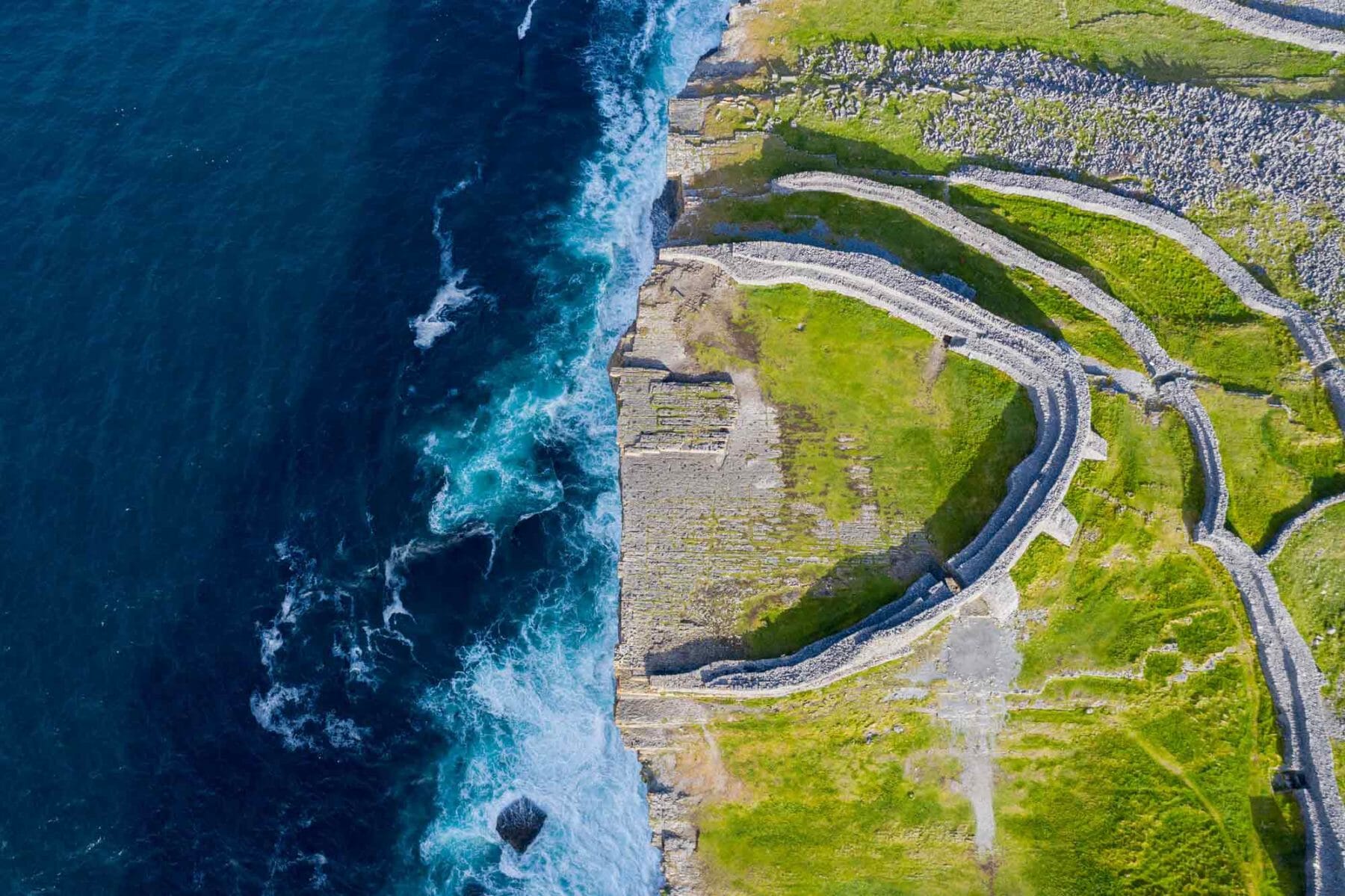
Dating back over 3000 years, Dún Aonghasa is located on the Aran Islands off Ireland’s west coast. The site itself is awe-inspiring, consisting of a three-tiered defensive wall, several dwellings and some of the most magnificent views available in Ireland. Dún Aonghasa was also an important centre for religious rites and ceremonies — making it a great place to learn more about Ancient Celtic culture.
Take a ferry from the west coast of Ireland in Clare or Galway and find out more about entry times here.
The Grianan of Aileach, Donegal

Greenan Fort, oGrianan of Aileach is a ringfort located on the summit of Greenan Mountain in County Donegal. Built around 1,500 BC by the Northern Uí Néill, this impressive stone fortress was occupied until 1608 and used as a political centre for several centuries. Celtic artwork can still be found on some of its inner walls — a testament to this site’s importance for Iron Age Celts. It’s also surrounded by stunning views of Inishowen and a wealth of archaeological sites, making it an excellent place to explore Ancient Celtic history.
The Hill of Tara, County Meath

Widely regarded as Ireland’s spiritual and cultural capital during the Iron Age and beyond, The Hill of Tara is located near the River Boyne in County Meath. This landlocked hill was once home to several royal residences for Gaelic kings and was also used as a site for rituals and festivals. All ancient roads of Ireland led to Tara, location of the 5000 year old passage grave known as ‘The Mound of The Hostages. Today, visitors can see the remains of various structures that would have once been used by Iron Age Celts, such as burial mounds, ringforts and causeways.
You can plan your visit here.
The Burren, County Clare
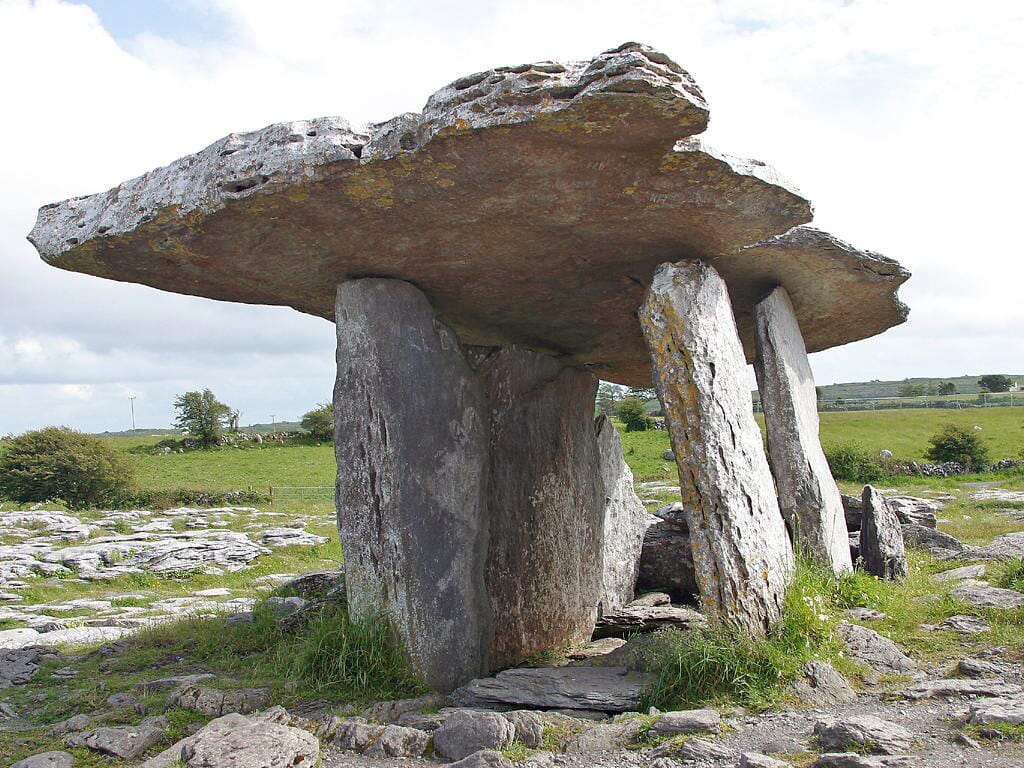
County Clare’s cultural and ecological importance has been recognised UNESCO. The Burren is a unique region of Ireland that is home to the oldest dated megalithic monument in Ireland, the iconic Poulnabrone dolmen.
Bordered by the impressive Cliffs of Moher, the area contains numerous limestone pavements, rock formations, archaeological monuments, megalithic tombs and other structures, some of which are thought to be associated with early Iron Age Celts. Since it is located in Burren National Park, visitors can also enjoy the area’s stunning beauty, drinking in County Clare’s breathtaking views.
More info on the ancient glacial landscape here.
Maiden Castle, Dorset, England
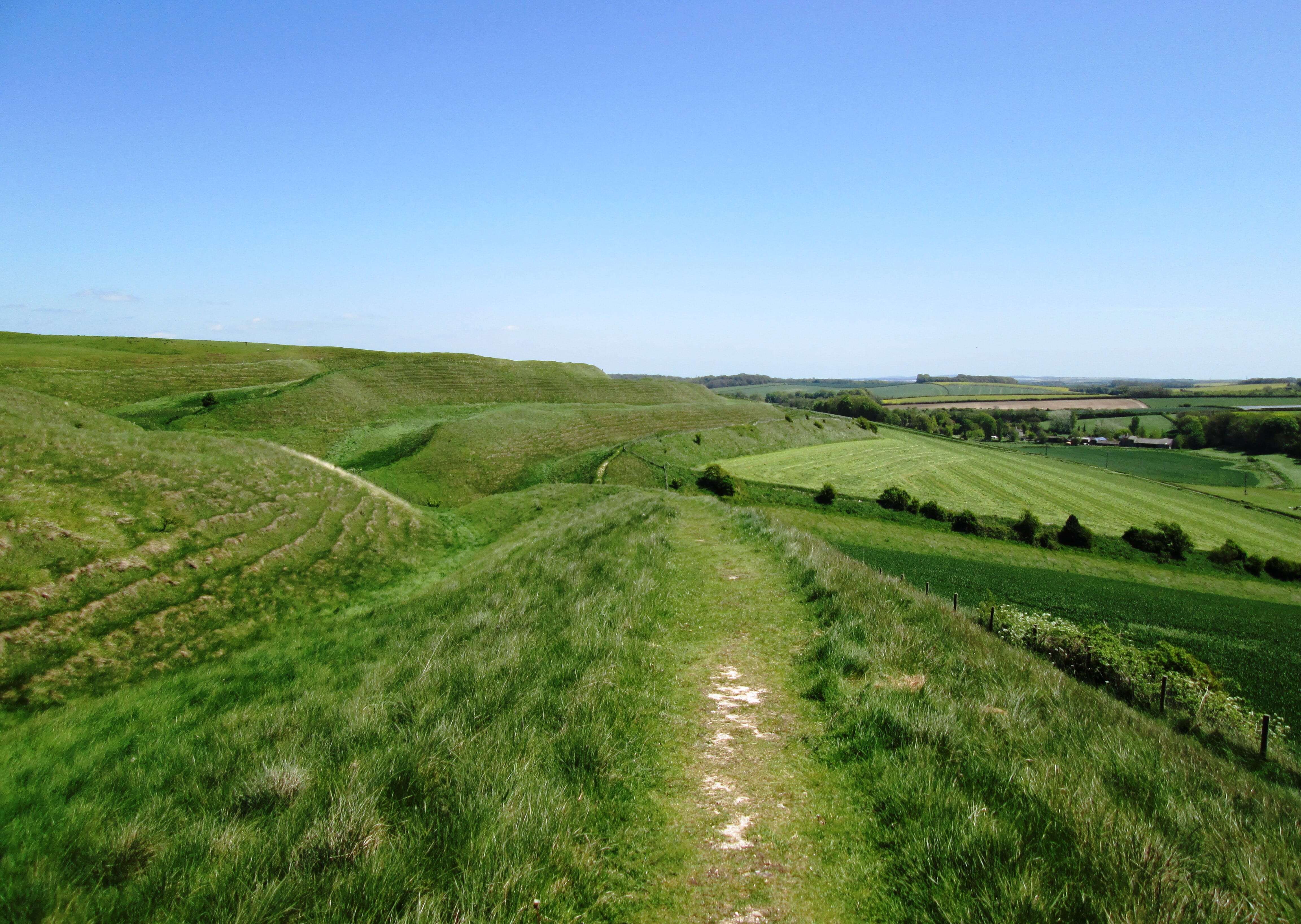
Widely regarded as one of the best preserved, largest and most complex Iron Age hill forts in Great Britain, the occupation of the hill Maiden Castle was eventually built on can be traced as far back as 6,000 years ago. While the peoples of the early Neolithic period were responsible for the first occupation of the site, it was later expanded by the Celts in the Iron Age. A unique insight into the life of Iron Age Celts, Maiden Castle is a fascinating sight to behold. It is also located in the Dorset Area of Outstanding Natural Beauty, making it an excellent place for a day trip.
More info here.
The Calanais Standing Stones, Scotland
.jpeg)
The Calanais Standing Stones, also called the Callanish Stones, are located on the Isle of Lewis in Scotland. These Neolithic standing stones, which are believed to have been erected between 3000 and 4000 BC, form a dramatic circle on a flat plain with 13 primary stones forming an even larger circle around four smaller clusters. While the exact purpose of Callanish Stones is unknown, it is generally accepted that they were used for rituals, religious purposes, or both. The stones are also incredibly well-preserved and offer a stunning view of the surrounding landscape.
Admission times and ticket info here.
Mên-an-Tol, Cornwall, England
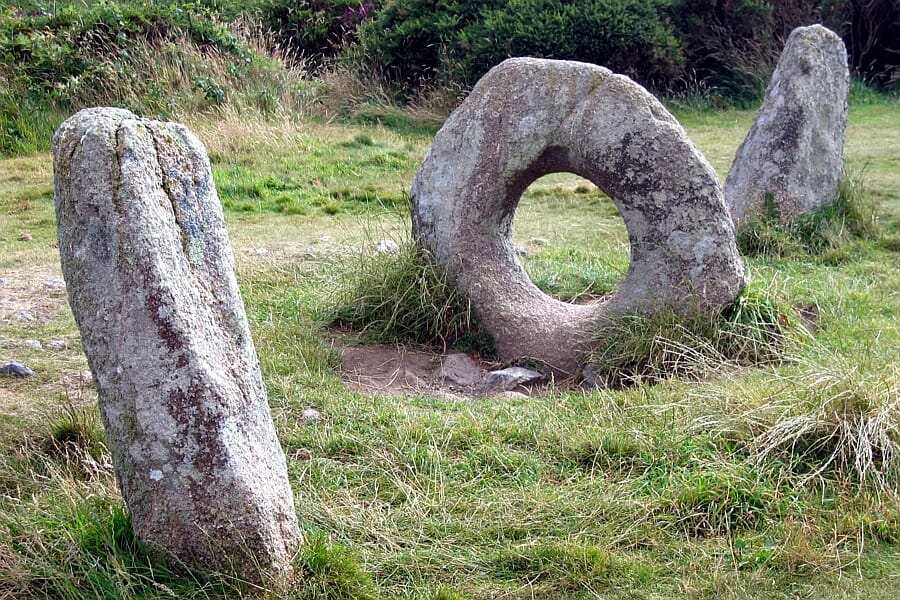
Located in Cornwall and known locally as the ‘crick stone’ or ‘holed stone’, Mên-an-Tol is an intriguing ancient site consisting of three large stones with a circular hole cut through it — and three smaller stones around them. It’s believed that the site was used for healing rituals and various fertility ceremonies. It’s believed the Celts erected the larger menhir and circles of stones for a religious purpose, while the holed stone was probably used as a healing tool. All on a beautiful landscape as you’ll see here.
More info here.
Castell Henllys Iron Age Fort, Wales

Castell Henllys Iron Age Fort is an excellent example of an Iron Age Celtic fort located in the rolling hills of sunny Pembrokeshire, Wales. Built around 500 BC by the local Celts, this impressive defensive structure comprised many double-layer timber palisades and earthworks. Fully reconstructed in the 1980s, visitors to Castell Henllys can explore the various reconstructed roundhouses and learn about the everyday life of Iron Age Celts.
Book tickets and find out more here.
The Carnac Menhirs, Brittany, France

Located in the town of Carnac in Brittany, The Carnac Menhirs are an impressive collection of more than 3,000 megaliths — some standing as tall as four meters. These menhirs date back to at least 4500 BC and were thought to have been erected by either the Celts or their Neolithic ancestors. Many theories exist about the function of these stones; some suggest that they were used as astronomical or religious markers, while others believe that they may have been placed there as a form of territorial boundary.
Ticket info here.
Locronan Village, Brittany, France
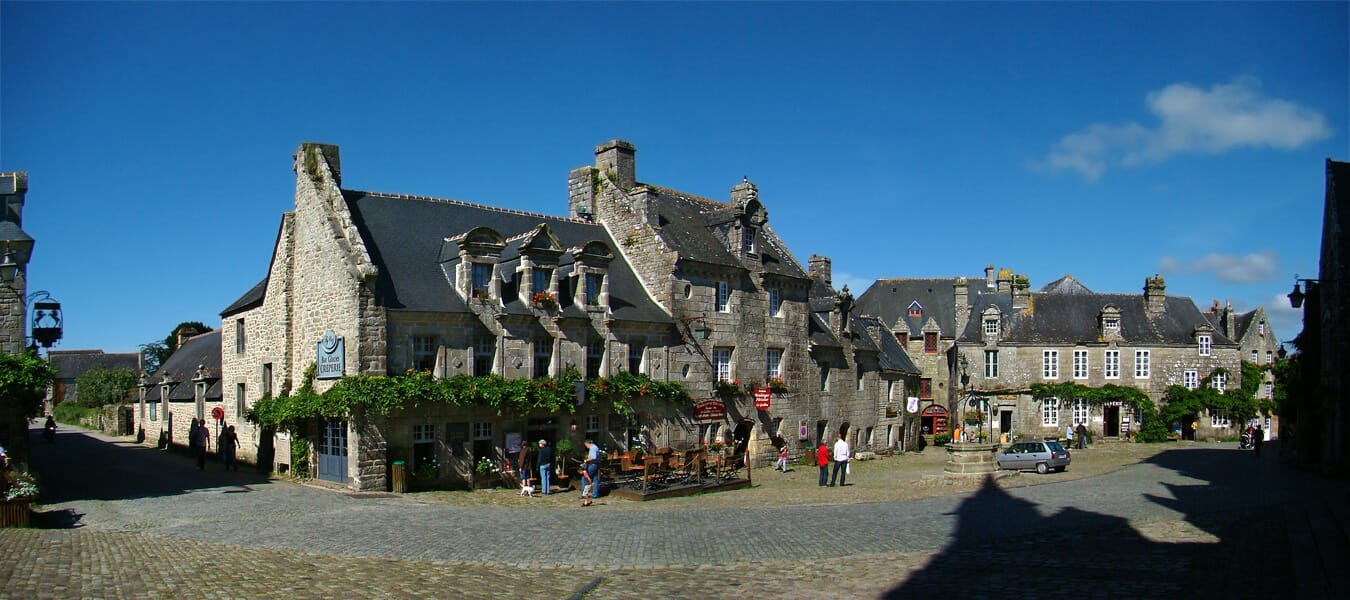
A combination of charming medieval architecture and rustic Celtic structures, Locronan is a picturesque village located in Brittany’s Finistère department. The village originally played a significant role in local Celtic culture as the site of a Nemeton, a sacred pathway with stations symbolising the 12 months of the year. The best time to visit Locronan is during early July when the local Grande Troménie procession marches along 12km of the former Nemeton. While nominally a Catholic religious procession, the locals acknowledge its Celtic roots.
Roche-aux-fées Dolmen

La Roche-aux-Fées, which translates to ‘The Rock of Faries’ in English, is an impressive megalithic structure in France’s Brittany region. Built around 4,000 BC by pre-Iron Age Celts, the Dolmen consists of a large boulder resting on top of four other rocks — all topped off with a 7-meter-long capstone. The site is believed to have been used for ceremonial purposes and, according to local Breton mythology, is home to the fairies who were thought to have built it.
Bibracte, Burgundy, France
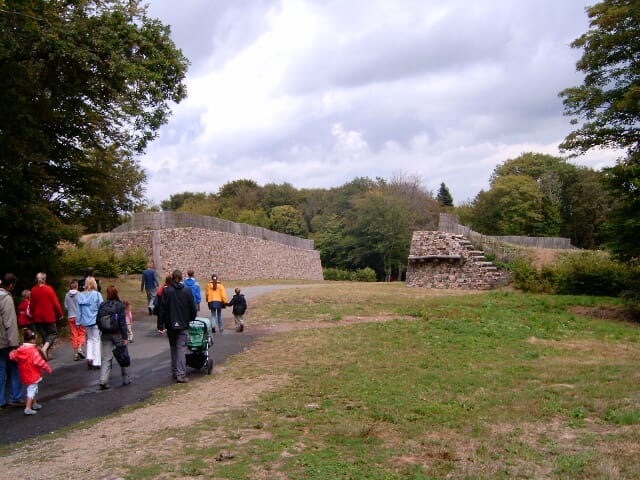
One of France’s most important archaeological sites, Bibracte is an ancient Celtic city located atop Mont Beuvray in the Bourgogne-Franche-Comté region. Built during the Iron Age by the Aedui tribe, Bibracte was an essential centre for Celtic culture and commerce — with evidence pointing to it being occupied from as early as 600 BC.
In 58 BC it was also scene of the second and decisive battle in Julius Caesar’s first military campaign.
Today, visitors can explore the remains of a Celtic temple, a forum for public gatherings and several houses — all of which help to paint an exciting picture of life in Ancient Gaul at a site still being excavated.
Tickets and museum info here.
Hill Fort of Monte de Santa Tecla
One of the most important Celtic sites in the Iberian Peninsula, the Monte de Santa Tecla hill fort is located in northern Spain’s Galicia region.
Surrounded by a defensive wall and stone structures, this Iron Age site was built around 400 BC. It was used as an essential centre for trade, politics and religion — with evidence suggesting it was home to members of both Celtic and pre-Celtic cultures.
Ticket info here.
Castro de Baroña, Spain
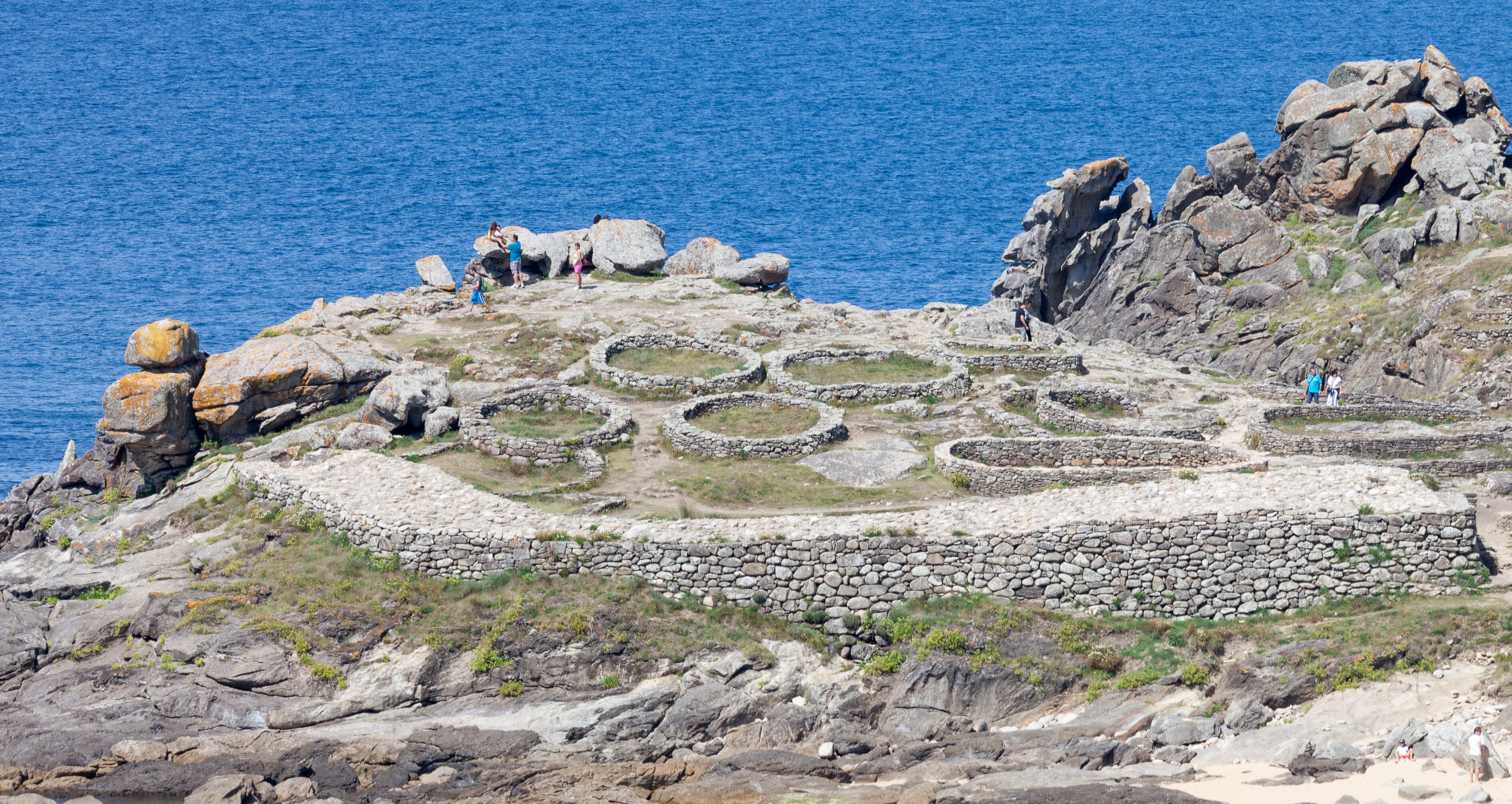
Located in the Galicia region, the Castro de Baroña is a large Iron Age hill fort with origins dating back to the 5th century BC. The site is home to numerous excavated remains of what would have once been Celtic structures, including a temple, several stone dwellings and an impressive defensive wall — all located in stunning scenery overlooking the Atlantic Coast.
Ticket info here.
Castro de Viladonga,Spain
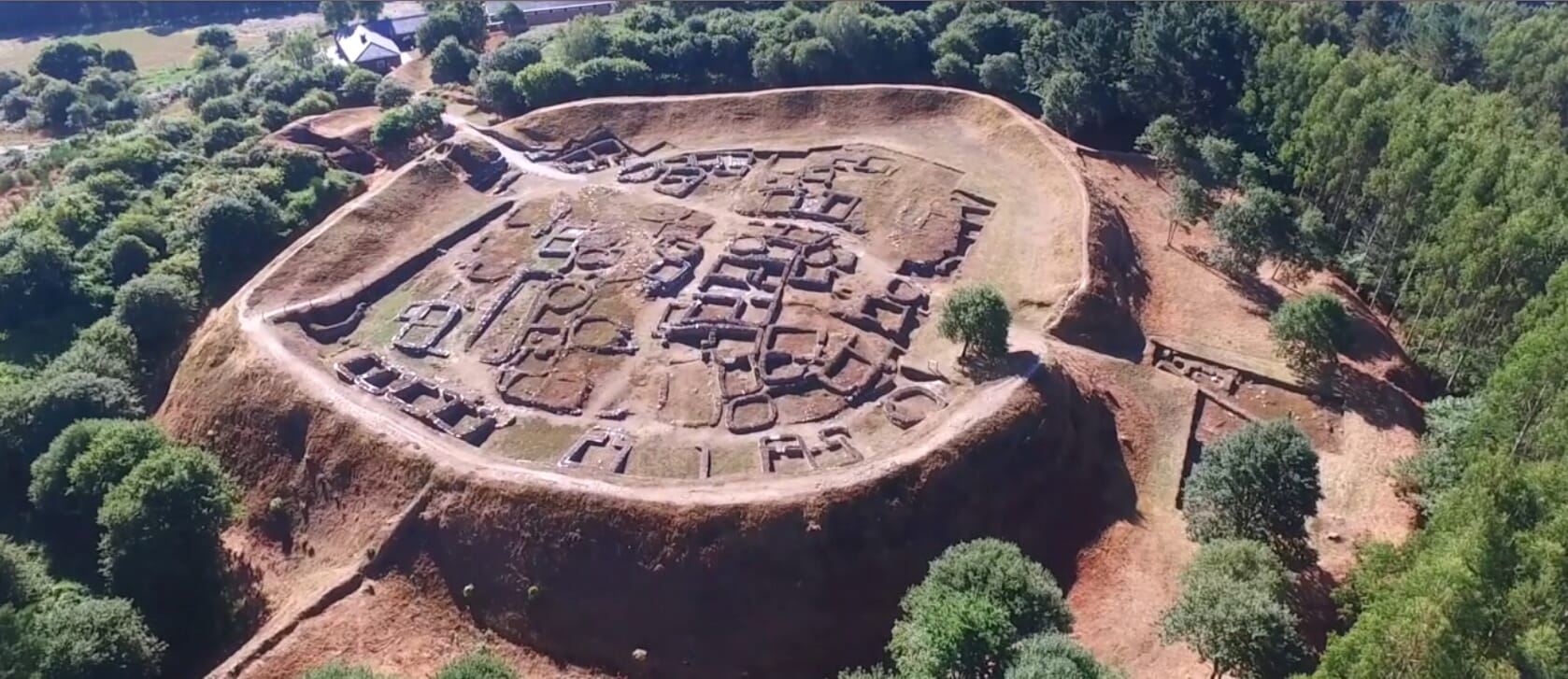
Another excellently preserved Celtic site in Galicia, the Castro de Viladonga, is an abandoned hill fort near the town of Betanzos. Built between the 4th and 2nd centuries BC, this majestic Iron Age structure was once home to a thriving community — with evidence suggesting that it was occupied until as late as the 18th century. Today visitors can explore its remains which contain various artefacts and artwork relating to the Celts.
Museum and ticket info here.
Anta Grande do Zambujeiro, Portugal
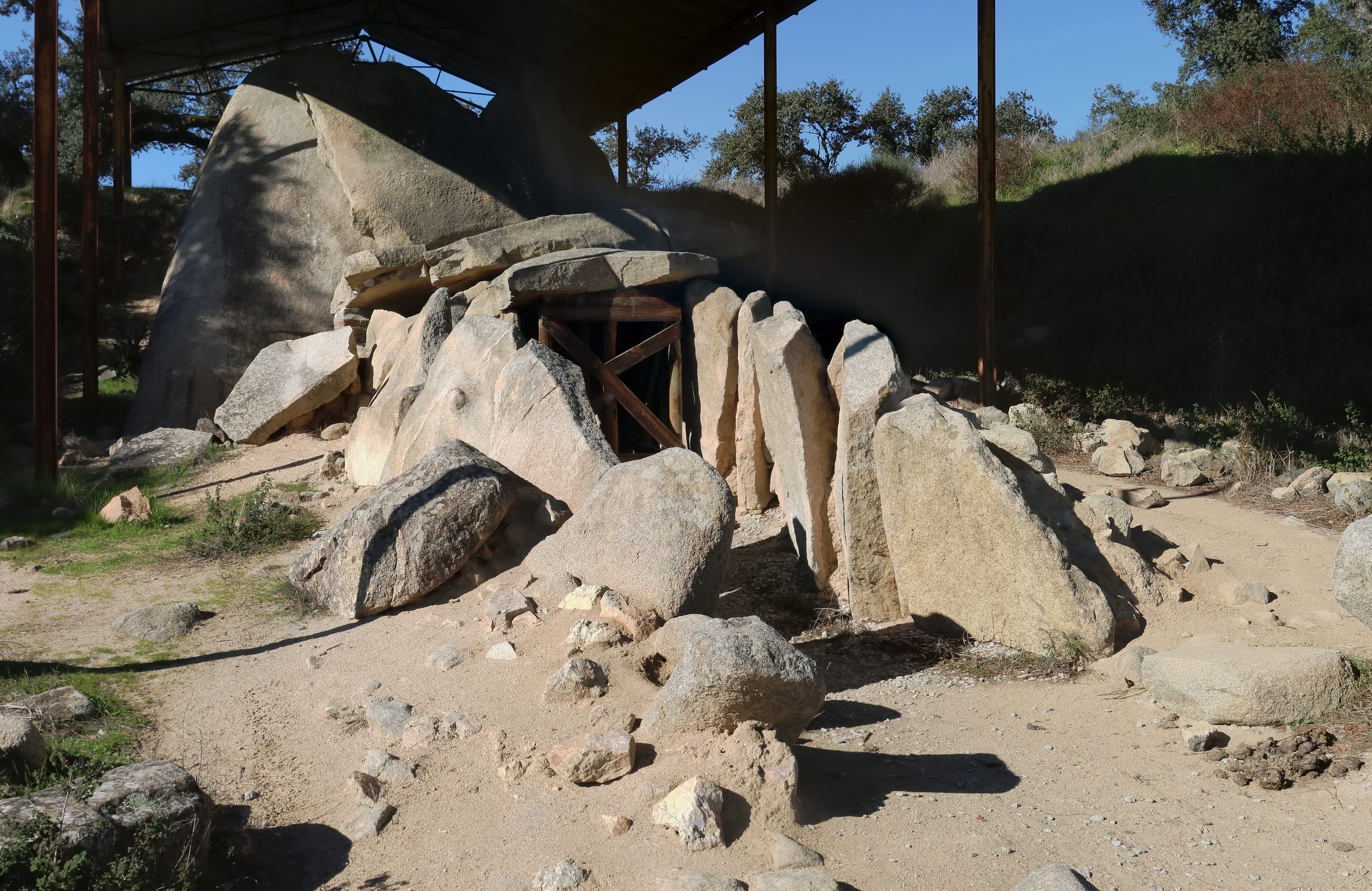
The Anta Grande do Zambujeiro, or Great Dolmen of Zambujeiro, is an impressive megalithic structure located around 60km from the city of Évora. Built around 4500 BC, it is one of the largest dolmens in Europe and is located in a stunning setting surrounded by olive and cork trees. It has been suggested that this site was used for funerary or religious purposes — however, its true function remains a mystery.
Moer info here.
Almendres Cromlech, Portugal

A cromlech is a prehistoric stone circle consisting of menhirs arranged in a circular pattern — and the Almendres Cromlech is Portugal’s oldest such structure. Located just 8km from Évora, this megalithic site dates back to 6000 BC and once served as a centre for religious ceremonies or astronomical observations. Today it remains an impressive sight — with its 93 standing stones still in remarkably good condition.
More info here.
Wider Europe
While the vast majority of Celtic sites are found in the UK, Ireland, France, Spain and Portugal, there are also a few other places worth mentioning.
Židovar, Serbia
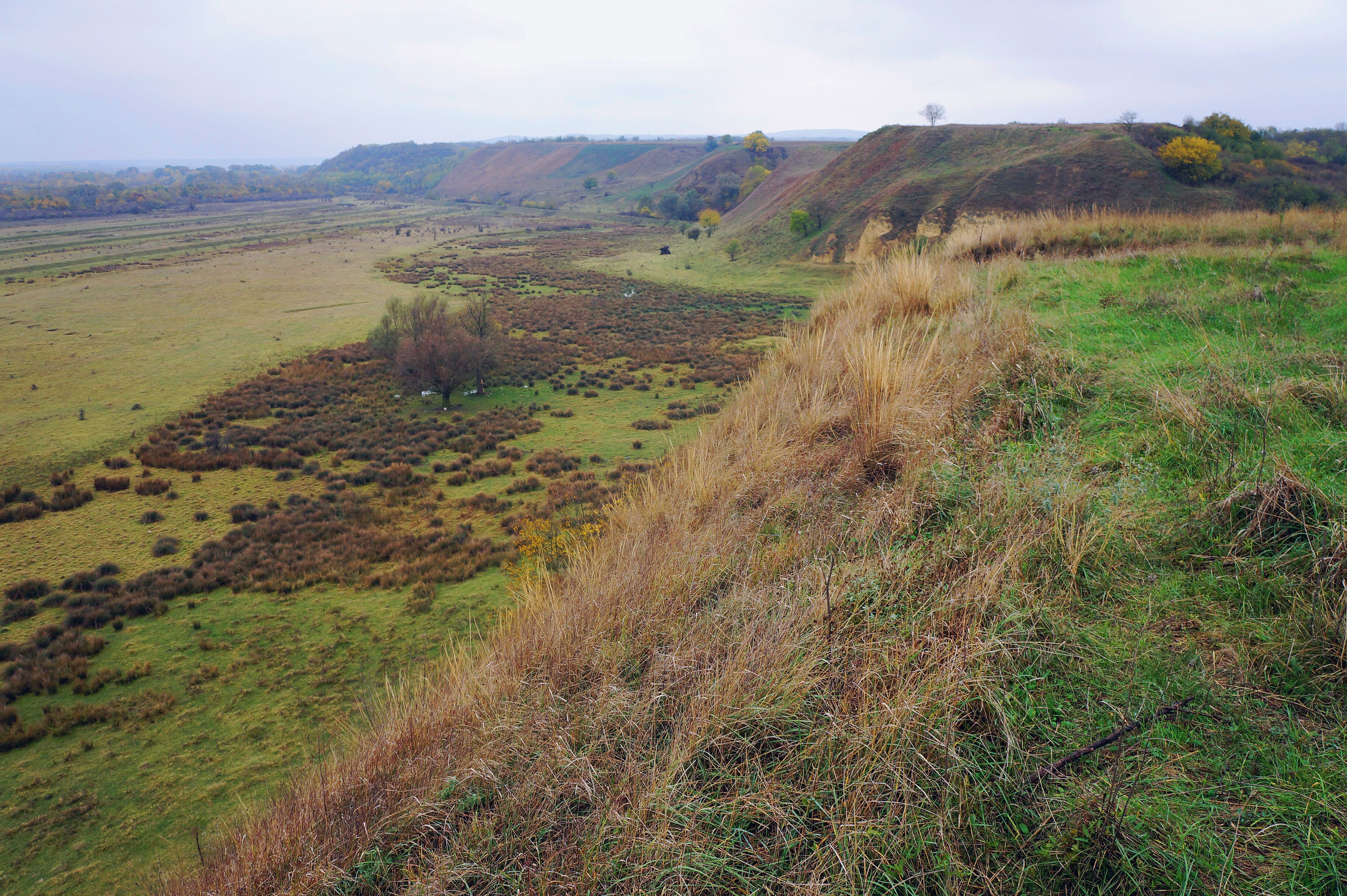
Židovar in Serbia hosts an incredible Iron Age hill fort dating back to the 4th century BC. Built by Celts who had migrated from Central Europe, this well-preserved site is one of few examples of Celtic structures that survived outside the core Celtic countries. Visitors can explore its remaining ruins, including a defensive wall and several dwellings, and enjoy the beautiful views of the surrounding landscape.
More info here.
La Tène, Switzerland
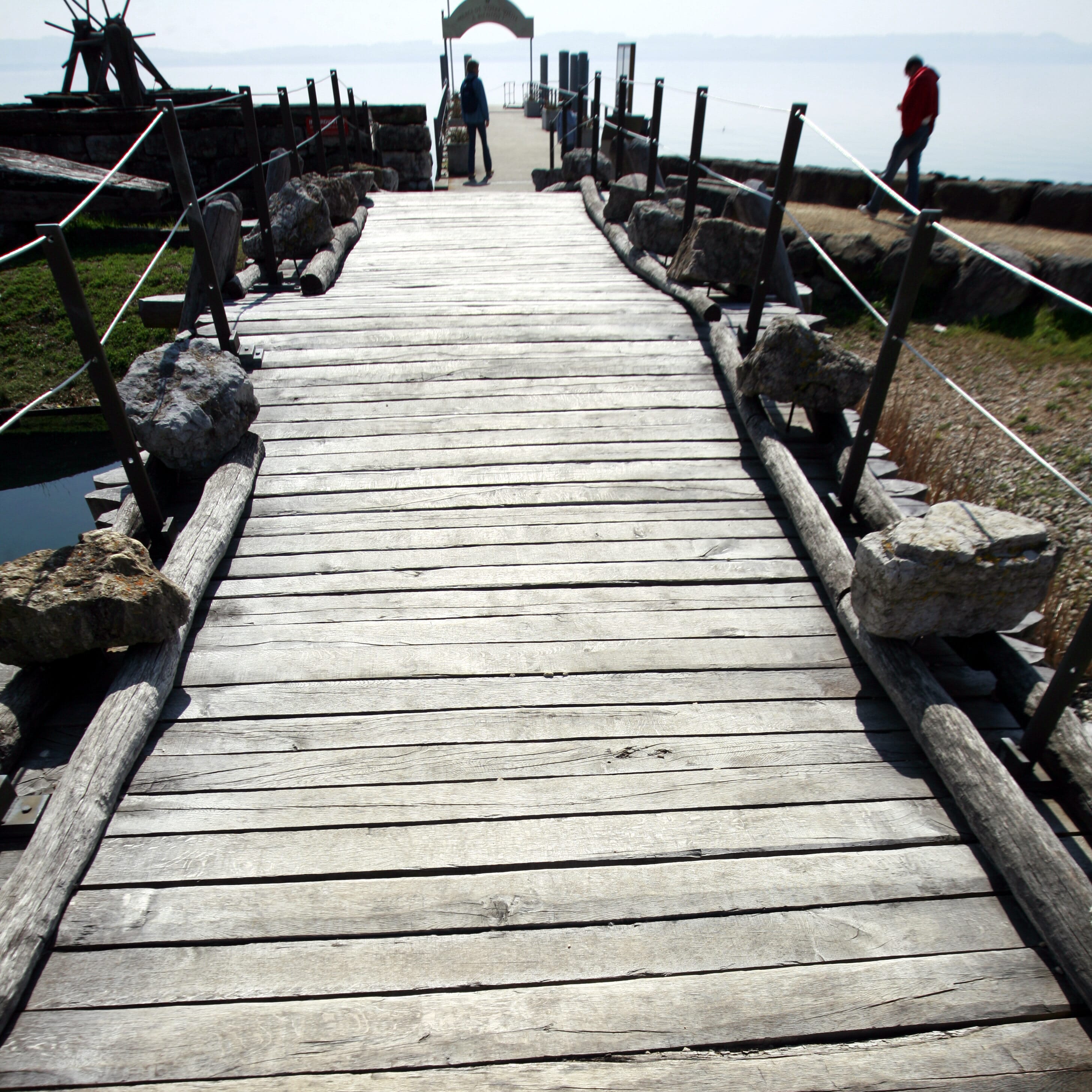
One of the most famous Celtic sites in Europe, La Tène is a sprawling Iron Age archaeological complex located on the banks of Lake Neuchâtel in Switzerland. Built between 500 and 300 BC by Celts migrating from Central Europe, La Tène contains numerous ancient structures — including temples, dwellings and is a rich resource of Celtic artefacts, such as weapons, jewellery and pottery.
Visiting the Past
These 20 sites are just a few examples of the rich Celtic heritage that continues to exist throughout Europe today — offering visitors an insight into one of history’s most fascinating cultures. From stunning megaliths to grand hill forts, these sites are a testament to the importance of Celtic culture in Europe — and offer an unforgettable glimpse into our past.


